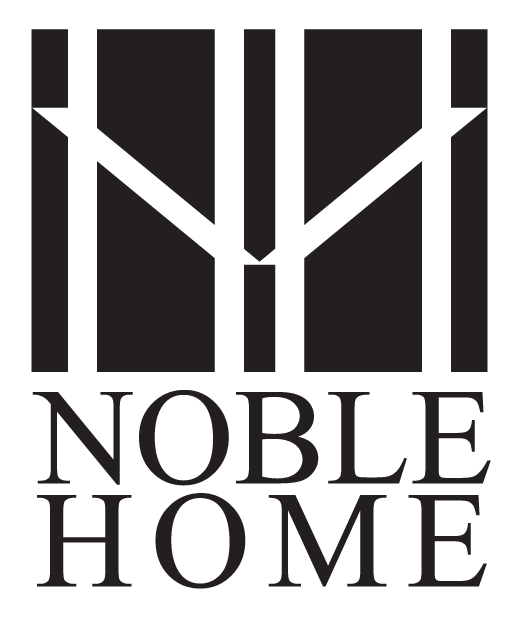What is 'Green'?
A recent discussion has inspired me to write on this subject: GREEN BUILDING. This term has been around for decades now, and has as little meaning and definition as it did when it first became vogue in the building industry. It's one of those words that is catchy and sells stuff, but often confuses people! Primarily because it is malleable; the definition is easily bent to support our personal or business agenda.
The World Green Building Council puts forth this broad definition:
"A ‘green’ building is a building that, in its design, construction or operation, reduces or eliminates negative impacts, and can create positive impacts, on our climate and natural environment. Green buildings preserve precious natural resources and improve our quality of life.
There are a number of features which can make a building ‘green’. These include:
Efficient use of energy, water and other resources
Use of renewable energy, such as solar energy
Pollution and waste reduction measures, and the enabling of re-use and recycling
Good indoor environmental air quality
Use of materials that are non-toxic, ethical and sustainable
Consideration of the environment in design, construction and operation
Consideration of the quality of life of occupants in design, construction and operation
A design that enables adaptation to a changing environment"
Sounds pretty good. But when you think about it, any building standing today has some of these qualities. Furthermore, and this is where we get into trouble, many of these qualities are in direct opposition to each other. For instance, in order to save our dwindling forests, "wood" sheet good products (plywood, pressboard, OSB, etc.) have been developed to reuse scrap wood chips and sawdust by gluing them all together. This may well be an efficient use of timber resources, but with the toxic glues manufactured and used within the product, it contributes to a poor environment and toxic indoor air as the installed materials off gas. These products are sold as "green building products" and may very well meet this definition and even get LEED points on commercial projects, but it is misleading to those who believe a green building material promotes a healthy house (oops, another confusing term). Isn't it similarly misleading as these products pollute our air and waters just by being manufactured, whereas a small wood mill that just saws logs creates much less pollution and uses less overall energy (the product's "embodied energy")?
Yes, better and safer glues are constantly being invented, but, as technological solutions arise, they are typically poorer quality and less safe in the long run (OK, that's a discussion for another day!)
You can look at almost every building material available and make a case for it being green or not, depending on your end goals or agenda, so buyer, beware!
So, as a proponent and creator of "green building", it is important to clearly define what that is with our customers and we make that discussion part of our pre-design phase and project goals.
Solid pine timbers with low embodied energy: locally harvested and milled, low transportation energy, minimally processed
Manufactured I-joist rafters: dimensionally stable and strong, uses waste wood material, extensive processing with glues, extensive transportation energy used


